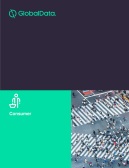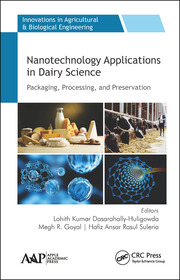The move from private label (PL) to private brand (PB) has been developing and making a lot of progress over the last five years in the United States.
At the last Pack Expo in Las Vegas, Interbrands noted that PL is a $50 billion business here, with 60% of shoppers buying PL. Globally, PL is about 17% with Switzerland at 45% share, showing the tremendous upside.
Packaging has been an important growth factor for PL. Remember the old black-and-white generic packages? From there we went to copycat graphics, and then the retailers brought on senior marketing executives from branded manufacturers to take PL to PB and that is making a big difference in today’s marketplace. Currently, both Wal-Mart and Target are in the midst of totally revamping their private-label graphics and we will continue to see more retail leaders follow suit in the coming months.
Packaging got stronger when shelf impact and consumer understanding were built into PL/PB. Target put zippers on potato chips and commercialized a new convenient “bagless” canister for cereal. With PL/PB selling for one-third less and not having national advertising program requirements, they can take advantage of packaging as a new product enabler. Additionally, PB leaders are able to move more quickly by using the expansive contract manufacturing network available to move into convenient package formats.
Let’s pull this information together to better understand the threat/opportunity of PL/PB – and, of course, it depends on what side of the fence you are sitting:
• Top retailers growing these categories internally - Wal-Mart, Kroger, Target, Supervalu, 7-Eleven, others.
• Improved package shelf impact and product quality.
• Often sells 25% to 33% less, but also have premium PL that sells for more than branded products creating new opportunities.
• Recession changed consumer habits and created a new “resourcefulness.”
• PL/PB has more robust product/package development cycle.
• Packaging can be a key enabler or differentiator for PL/PB or national brands.
We see PL/PB growing and we see packaging can be a difference maker in the PL/PB vs. national brands sales battle. But what does that mean for dairy and dairy packaging?
There have been renewed packaging innovation efforts across many categories (personal care, laundry, frozen foods, center-store convenience), but there has not been the same level of innovation in dairy packaging. We have covered this opportunity in past packaging articles. Well, this is a threat and opportunity for dairy.
The yin: PL/PB utilize packaging to enhance the consumer experience or brand value through packaging.
The yang: National brands recognize the importance and value of packaging, and use it to provide more holistic brand solutions that take advantage of packaging and making it tougher for PL to grow.
Packaging will become more important and valuable to packaging in the coming years, and there are some good “first mover” opportunities for the yins or the yangs.
And be sure to move past the hurdles that come up over and over for packaging and dairy – cost! Just go through the store and look at all the places where more expensive, high-value packaging is making a difference, including frozen convenience meals, and premium private label organic products.
Now is the time to make packaging work for your organization, whether you are on the yin or the yang.
Recommended Articles
Related Articles
Related Products
See More ProductsSee More ProductsRelated Directories
×
Stay ahead of the curve. Unlock a dose of cutting-edge insights.
Receive our premium content directly to your inbox.
SIGN-UP TODAYCopyright ©2024. All Rights Reserved BNP Media.
Design, CMS, Hosting & Web Development :: ePublishing





